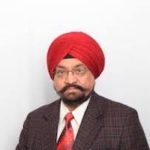
Though a mere drop in the ocean, the Sikh community in the US, numbering around 280,000, according to The World Religion Database at Boston University, has made its presence felt in the country. The community which began trickling into the US at the beginning of the century started to pour after 70’s, with trouble brewing in their home e State of Punjab in India. In the 80’s the Sikhs came in torrents in the US after the genocide of the community in the wake of the killing of the then Prime Minister Indira Gandhi.
They came, they saw, they conquered. Their immediate concern was having food at the table. In the last about 50 years, every Sikh who came to the US is in a position to claim that he enjoys a certain amount of financial security. Their next generation started getting education here. With a certain amount of financial security rose a desire to empower themselves through the political processes. They began to know and mix with the people of their community who were already involved in whatever way in the political processes.
However, the community organizations remained the first love. It was through the community organizations that many moved on to participate in the political process. The community has understood that real empowerment can come only when they have political power. They have also been reminded that back in 1955 one of them was elected the first Sikh Congressman. Dalip Singh Saund is remembered with reverence as a role model for the community.

I must say a few words for the younger generation about this trailblazer.
Dalip Singh Saund was the first Sikh and first Indian American elected to Congress.
He emigrated from India in 1920 through way of Ellis Island, and attended the University of California, Berkeley, for his masters and Ph.D. in mathematics. After getting married, he and his family moved to the farming community of Westmorland, California, where Saund became interested in politics. But because he wasn’t a U.S. citizen, his ability to participate was limited.
In the 1940s, he organized efforts to open citizenship to Indians living in the U.S. and eventually Congress passed a bill in 1946 allowing Indian immigrants to pursue naturalization. Saund officially became a U.S. citizen in 1949. The following year, he ran for a judgeship and won, but the election was vacated because he had been a citizen for less than a year. Saund successfully ran again two years later and served for four years.
In 1955, Saund announced his campaign to run for the House of Representatives as a Democrat and was re-elected twice. He was a supporter of the 1957 Civil Rights Act and used his own story to advocate its passage.
“No amount of sophistry or legal argument can deny the fact that in 13 counties in one state in the United States of America in the year 1957, not one Negro is a registered voter,” Saund, who died in 1973, at 73, said during a speech in support of the law. “Let us remove those difficulties, my friends.”
Since the time of Congressman Saund, a number of Sikhs have entered politics. But never before now, there was never such an impressive gallery of the Sikhs taking part in electoral politics. I am not going to span the entire nation. I am inclined to confine myself to New York City where we are going to have the civic elections in November this year. The primaries next month will decide the fate of many aspiring candidates to various offices.
I spoke with a number of people from different walks of life about this newfound love for politics. To the question “why so many Sikhs, particularly the young ones, now aspire for political positions, the answer invariably was that they want to empower themselves; they want to be heard; they want a pie of the political cake. Most said that the economic prosperity has no meaning until they are politically empowered.
I am mentioning here my conversation with just two Indian Americans. The others I spoke to, including those in fray, will be presented to the readers next week.
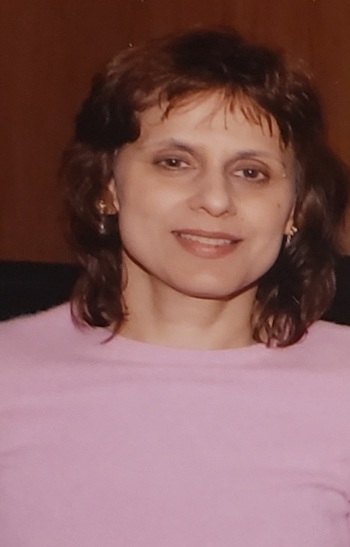
I spoke with Dr. Renee Mehrra who was one of the first in the community to contest an election in 2001 along with another, a Sikh gentleman Inderjit Singh. I asked for her experience. This is what she said.
“Having a political identity and breaking the last frontier twenty years ago seemed like an insurmountable task. Reflecting back, someone had to take on this daunting challenge, so I decided to put my hat in the ring to become the first South Asian American woman to face the odds. With no mentor, roadmap and blueprint, I had to create for myself, and for our community new pathways in political activism. Strategy, innovation, ingenuity and emotional intelligence became of utmost importance for empowerment and visibility, and to engage both our community and my constituents. I was inspired by Dalip Singh Saund, an Amritsar-born mathematician and farmer who was the first Indian American to get elected to US Congress from California’s 29th district in 1955. Decades later, we were still underrepresented and underserved, and I worked relentlessly so we could have a seat at the table. With no political backing, and running from a district which was ethnically diverse, I was the new kid on the block making my voice heard over the clutter of so many candidates. Treading an unknown path was both exhilarating and challenging. It was too early in the process and though I got 37 percent of the vote the first time and 22 percent in my second bid, we were still in the embryonic stage. However, bringing home the significance of voter registration, petitioning and primaries to our community was itself rewarding, and in hindsight, I feel I helped to open a new door for our community in Queens, NY.
Fast forward, we have come of age and started to achieve a substantial demographic critical mass, a crucial component for the community to become strong player in the political landscape for equity and inclusion. It is heartening to note that our community is getting to be politically savvy, and Indian Americans are running for local and state elections to make a difference.”
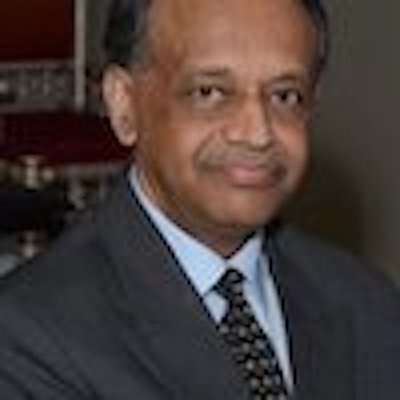
George Abraham, not from the Sikh community, but a keen student of politics, expressed his unhappiness with the goings on in the practiced politics arena.
I would love to quote him here.
“I have been a keen observer of American politics in the last five decades. I have witnessed the gradual rise of Asian Indians in various professional fields across the nation and the political arena.
However, I have also wondered why the South Asian Community, probably the largest concentration anywhere in the U.S. has so far failed to get strong footing in the mainstream politics in the Northeast U.S! Indians who live even in the old Confederacy seem to have more success than their peers who live in New York, the most liberal city in the U.S.
There may be manifold reasons for that predicament. The first generation that has come ashore to this great country focused on their economic well-being. We have come from an environment where there were shortages, joblessness, and heightened competition for basic human needs. Therefore, upon arrival, we have dug in focusing on our self-improvement by attaining educational qualifications, professional jobs, Houses, providing top-notch education to our children, and the time left was used for religious services or cultural expressions. Our economic insecurity became an obstacle to any progress in the political arena.
In addition, for the same reason as I stated above, we pushed our children to take up professions that have job security in fields such as Medicine, Engineering, or Information Technology. Political Science or International Relations were mostly shunned in favor of subjects that would reward a higher paycheck after graduation. Those who studied Law preferred to join a successful law firm or practice outside in a lucrative real estate business. Let us look at the composition of the forces at play at the higher echelons of power in the U.S. It consisted primarily of two groups: Lawyers and Businessmen (CEOs with MBAs from prestigious Institutions). Almost fifty percent of those running USA Inc. come from the top 15 Colleges or Universities in this country. In the final analysis, most of our young people ended up in professions that supported the Enterprise from behind rather than leading up in the front.
Moreover, the politicos in the Northeast, New York in particular, appear to show very little respect for the South Asian Community. To them, we are an ATM that they could push a button on and get their so-called campaign contributions. They seem to be reasonably confident as well that we are ‘simple-minded’ and would go away happily after an embrace and a Selfie shoot for the next edition of one of those Indian weekly newspapers.”
“At the end of the day, Indians must come together to succeed. There are four Asian Indians who are running for District 23 for New York City Council in this election cycle. Although we pride ourselves as Indians, we act and behave like we are from different planets. Maybe that is true: after all, we are from 565 princely states put together by the British using force and called it one nation! That is our legacy; however, should that be our future?”
For now, I must leave my readers to ponder over the question George has posed.
(To be continued in the next edition)


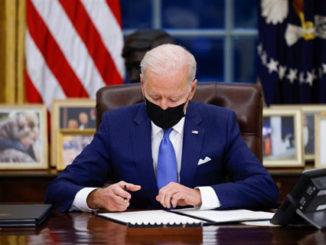
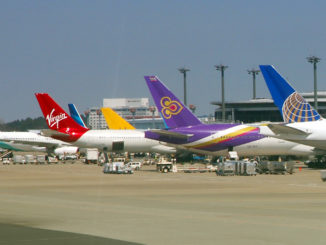

Be the first to comment